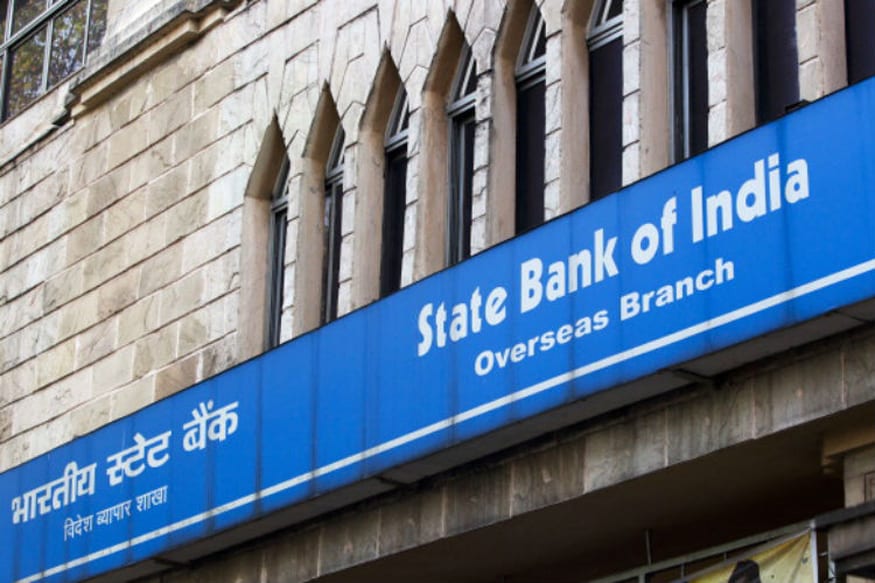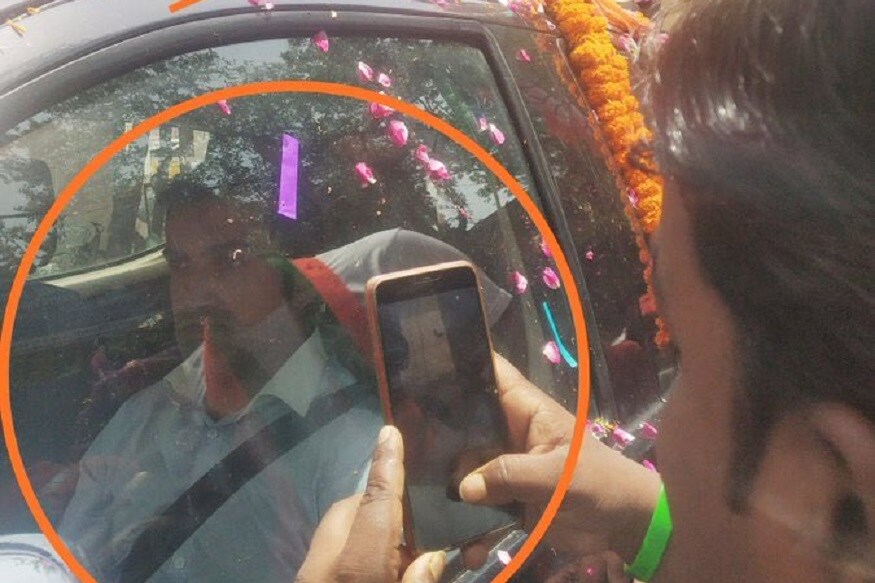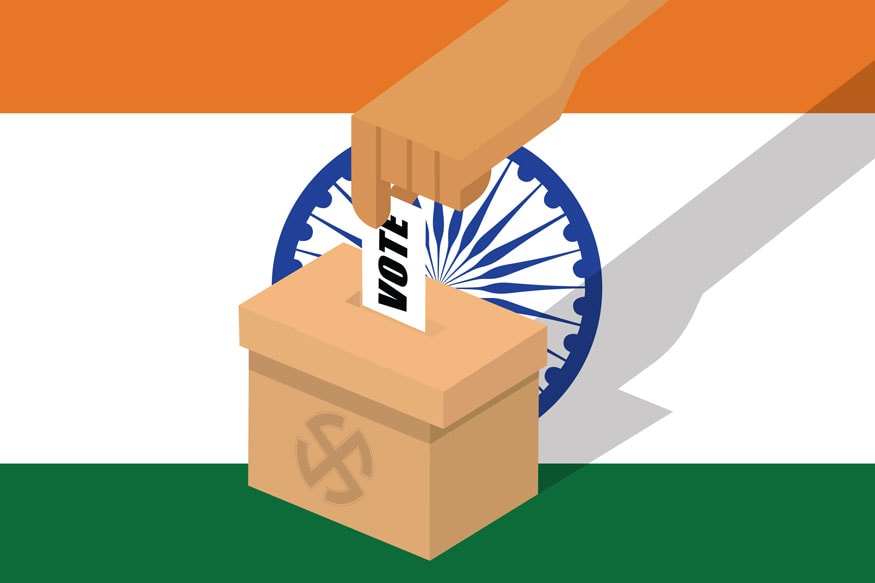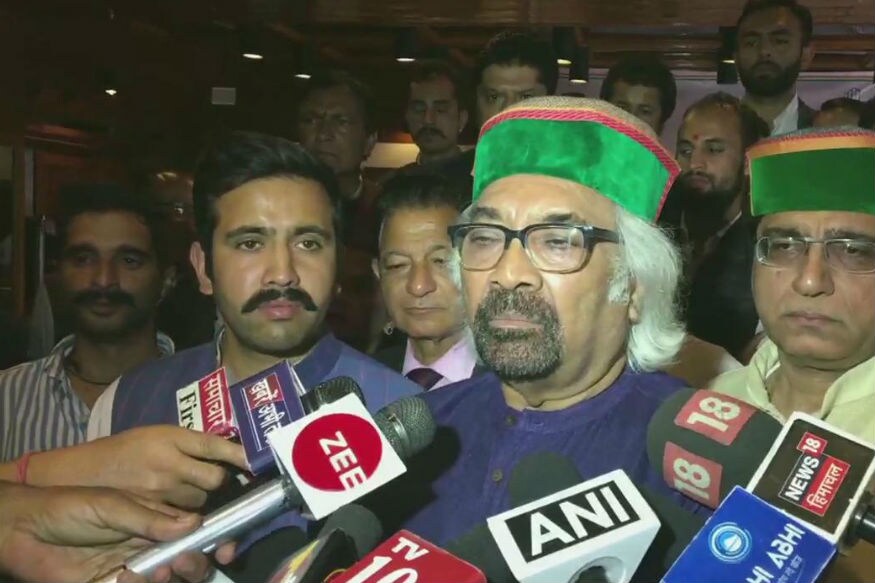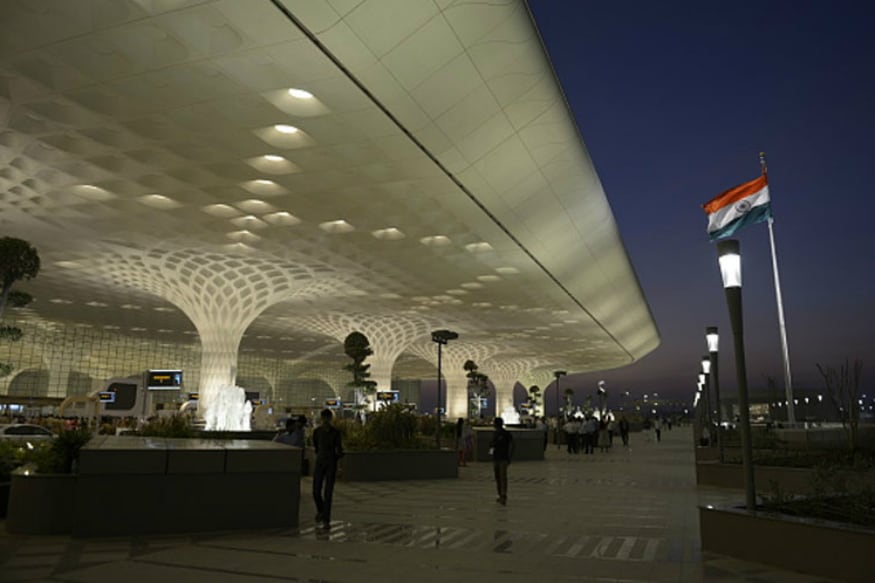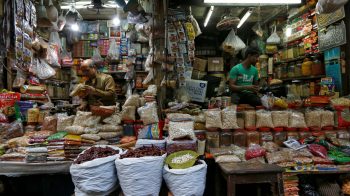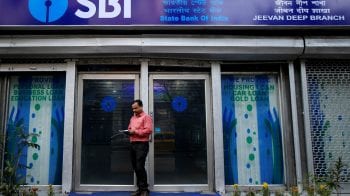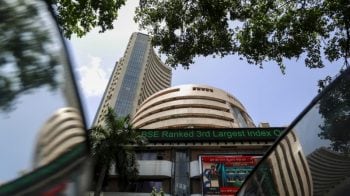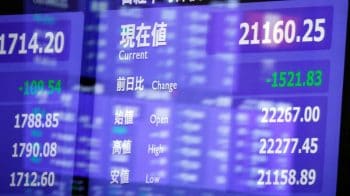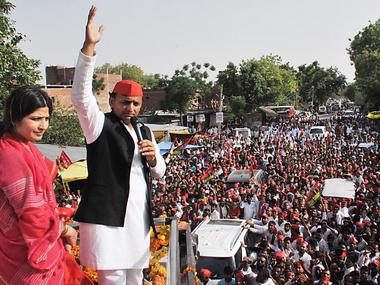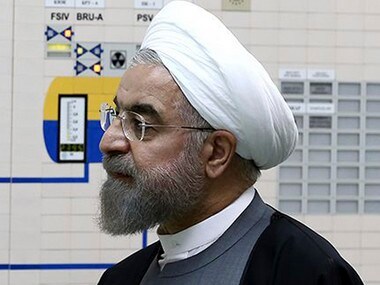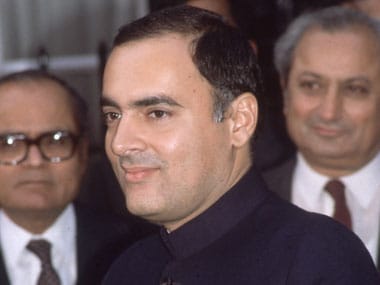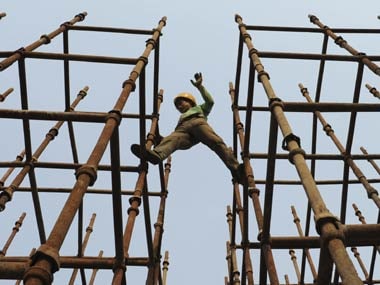The primary reason why Hindi movie producers are resisting paying VPF is the sunset clause contract with Hollywood studios, which are not entitled to pay VPF after FY21
The controversy around virtual print fees (VPF) gained steam when producer Ronnie Screwvala’s company RSVP filed a complaint on March 25 this year with Competition Commission of India (CCI) against multiplexes demanding a VPF charge.
The issue was settled in the southern film industry after months of protest. The VPF reduced by 12 percent after producers stopped giving films to theatres last year. However, there seems to be no unity in the Hindi film industry.
What is virtual print fee?
Virtual print fees is the money digital service providers (DSPs) charge for the release and casting of movies on screens across India.
However, according to an Elara Capital report, VPF is not a huge cost for films which have big release of more than 3,000 screens, as it accounts for a mere 2 percent of the production budget.
However, in case of medium and small movies, this could be in the range of 4-5 percent of the budget.
Hence, a small movie does have constraints in terms of lower amount of money available for promotion and advertising. VPF payment becomes a strain on the budget (for eg, out of Rs 4 crore for promotion and advertising [P&A], half is for digital cost).
The size of the VPF market in India is pegged at Rs 200- 250 crore. VPF charges are in the range of Rs 8,000-20,000 per movie per property.
The primary reason why Hindi movie producers are resisting paying VPF is the sunset clause contract with Hollywood studios, which are not entitled to pay VPF after FY21.
The digital distribution charges for VPF includes Rs 20,000 per property, laboratory fees at Rs 3,000 and hard disk charges of Rs 2,000, including GST charges of Rs 26,000 per movie per property.
The average price of VPF per single-screen property for the entire lifetime of the movie is Rs 12,000 (Rs 425 per screen in the first week and Rs 350 per screen in the second week).
VPF charges may fall in the range of Rs 7,000 for single screens to Rs 12,000 for multiplexes after negotiations in the short to medium term, the report added.
While differential VPF could emerge as one of the solutions, exhibitors may not give up on the VPF non-payment issue as it may have a spillover effect. The report believes it might lead to producers bargaining on other terms with exhibitors (such as capping ads, average Ticket Prices [ATP] and food prices).




























